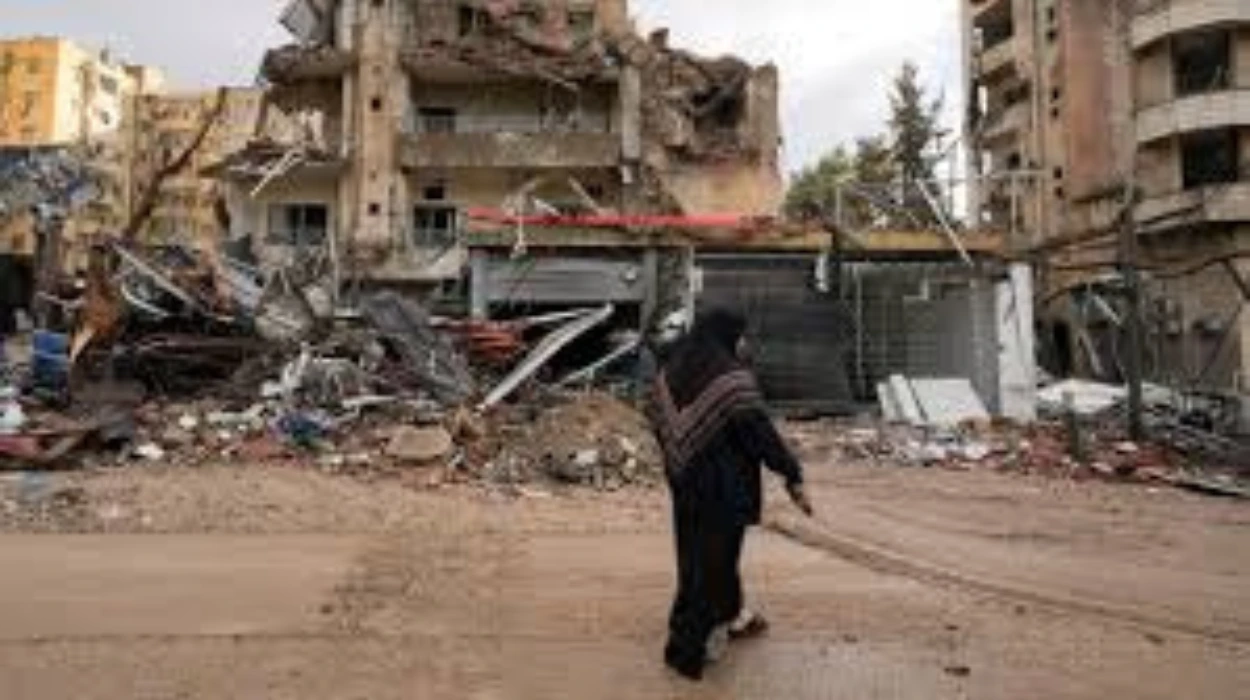Lebanon (Transatlantic Today) – The recent ceasefire in Lebanon has brought a momentary pause to hostilities, but it does not offer a long-term solution to the deep-rooted conflicts in the Middle East. After months of Israeli airstrikes that killed more than 3,500 people and displaced over a million, many Lebanese civilians are relieved to return home. However, the underlying tensions between Israel and Hezbollah remain unresolved.
Israel’s Strategic Pause
Israeli Prime Minister Benjamin Netanyahu framed the ceasefire as an opportunity to “replenish stocks” and recalibrate military strategy. The Israeli military has significantly weakened Hezbollah’s infrastructure, disrupting its missile and tunnel networks. Yet, many in Israel remain skeptical about the ceasefire, with some arguing that Hezbollah has not been sufficiently neutralized.
Iran’s Role and Regional Implications
The ceasefire also aligns with Iran’s strategic interests. Tehran, a key Hezbollah backer, seeks to stabilize its “axis of resistance” after suffering setbacks from Israeli strikes. Iran’s deterrence strategy has been weakened, and it now faces mounting challenges in maintaining its influence over Hezbollah.
A Precursor to Escalation?
Unlike the situation in Lebanon, the war in Gaza remains unresolved. Netanyahu’s government continues its military campaign, driven by security concerns and domestic political pressures. With former U.S. President Donald Trump set to return to office, the future of Middle East diplomacy remains uncertain. His stance on Israel, Palestine, and Iran could shape the region’s next phase of conflict or peace.
Conclusion: A Ceasefire Without a Lasting Solution
While the Lebanon ceasefire offers a brief respite, it does not address the root causes of regional instability. The Israeli-Palestinian conflict remains the core issue fueling broader tensions. Until political solutions are prioritized over military strategies, the Middle East is likely to see continued cycles of violence.


























